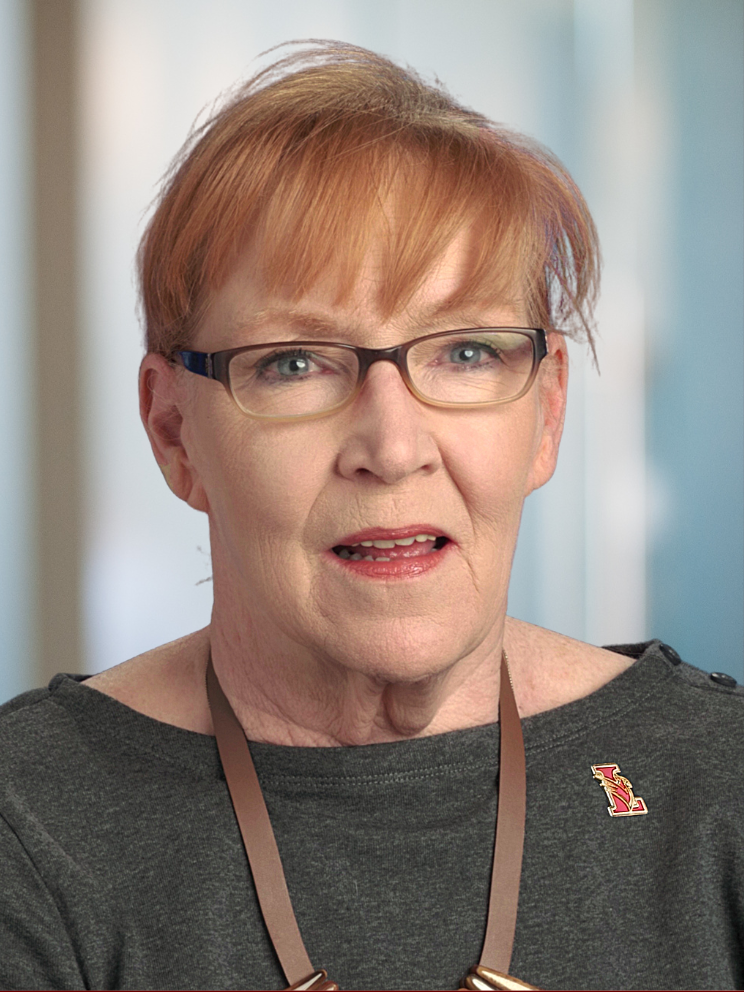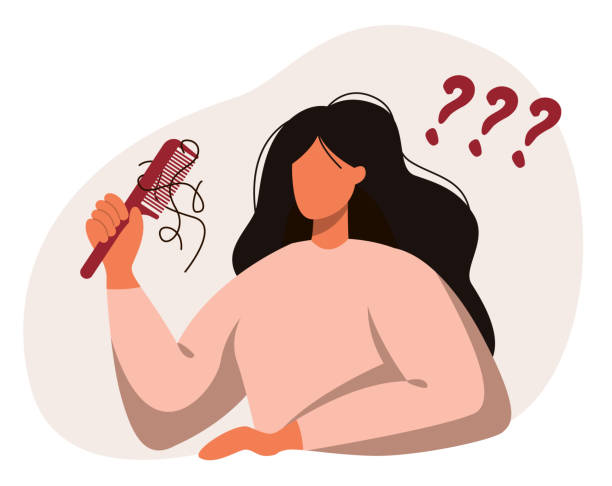The change was subtle enough that I didn’t notice it at first. My hair scrunchies were slipping off my ponytail, and I began to see more hair in the drain after a shower and in my brush. Next, I look in the mirror—where did my eyebrows go? When was the last time I shaved? I asked my hairdresser, who observed that my hair was thinning, and I was losing hair around my ears. She attributed this, potentially, to wearing my hair pulled back tightly for so long or to the fact that I routinely push sunglasses off my nose and onto my head.
But I was concerned. I knew older women often suffered hair loss for various reasons, and I didn’t think I should be one of them. Hair loss can affect your scalp or entire body (sayonara, eyebrows) and can be temporary or permanent. (Anyone can lose hair on their head, but it’s more common in men.)
Hair loss can result from heredity, hormonal changes, medical conditions, treatments like chemotherapy, or simply as a normal part of aging. According to the Mayo Clinic, age-related hair loss is common: about 55 percent of women experience some hair loss by age 70.
The most common cause is female-pattern baldness, an inherited condition. In women, this often shows up as a widening of the part on the scalp. Other women lose hair in circular or patchy bald spots on the scalp; this is called alopecia areata. Based on how my hair was falling out, I wondered if it was from frontal fibrosing alopecia (FFA). FFA may be an autoimmune disease; dermatologists are still studying it, with few answers so far, but it is becoming more recognized in older women.
My hair loss has slowed, but I’ll mention it when I go to the dermatologist. I plan to pencil in my brows, use a hairbrush made for wet hair and avoid the hair dryer.
Who knows? I may embrace the hat.

Pepper Evans works as an independent-living consultant, helping older adults age in place. She is the empty-nest mother of two adult daughters and has extensive personal and professional experience as a caregiver. She has worked as a researcher and editor for authors and filmmakers. She also puts her time and resources to use in the nonprofit sector and serves on the Board of Education in Lawrence Township, NJ.



